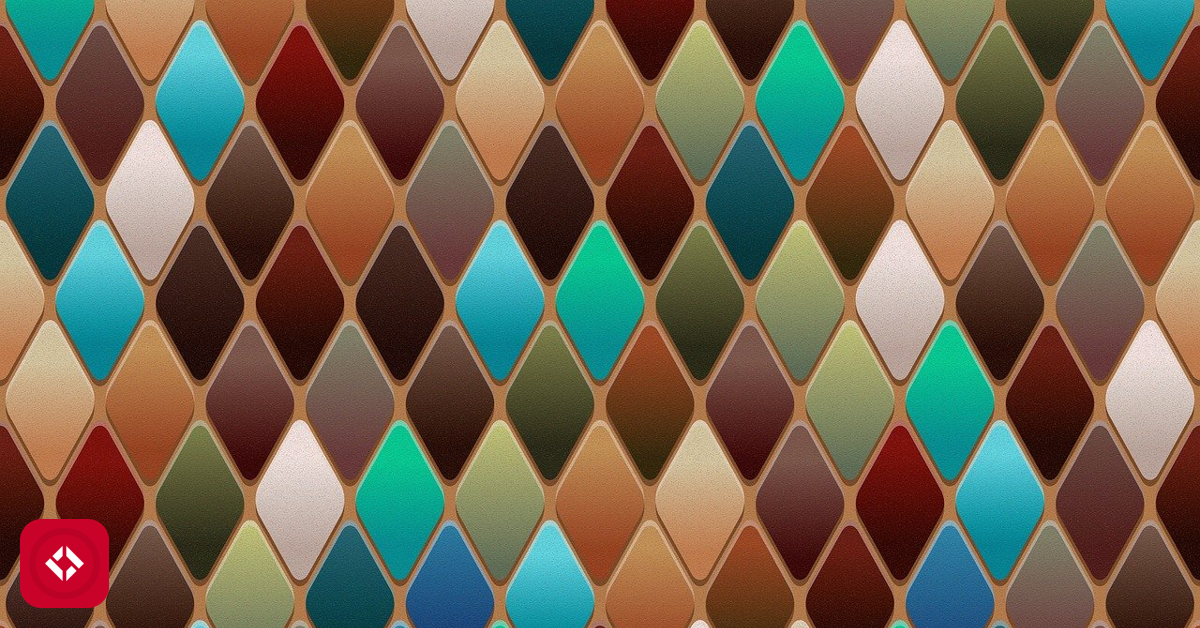Sample Programs in Every Language
A Collection of Code Snippets in as Many Programming Languages as Possible
This project is maintained by TheRenegadeCoder
Baklava in Kotlin
Published on 17 September 2018 (Updated: 15 May 2023)
Welcome to the Baklava in Kotlin page! Here, you'll find the source code for this program as well as a description of how the program works.
Current Solution
fun main (args: Array<String>)
{
for (i in 0..9)
println (" ".repeat (10 - i) + "*".repeat (i * 2 + 1));
for (i in 10 downTo 0)
println (" ".repeat (10 - i) + "*".repeat (i * 2 + 1));
}
Baklava in Kotlin was written by:
- Jeremy Grifski
This article was written by:
- Jeremy Grifski
- rzuckerm
- Stuart Irwin
If you see anything you'd like to change or update, please consider contributing.
How to Implement the Solution
*
***
*****
*******
*********
***********
*************
***************
*****************
*******************
*********************
*******************
*****************
***************
*************
***********
*********
*******
*****
***
*
- The shape should be symmetrical both horizontally and vertically
- Each subsequent line should either add or remove padding by one character on both sides
- Whitespace should be adjusted accordingly in order to properly output the shape
First loop
Kotlin is structured similarly to Java, but the syntax is designed to be helpful and easy, so the first line is all that is needed to get the program started.
The top half of the diamond is created here, and is comparitively easy to read:
for (i in 0..9)
println (" ".repeat (10 - i) + "*".repeat (i * 2 + 1));
The first line sets up a basic loop, iterating the variable i from 0 to 9
The next line of code is then run 10 times, each time outputing a new line to the screen.
Each line contains (10 - i) spaces, followed by (2i + 1)` stars. As i rises from 0 to 9, the number of spaces shrinks and the number of stars increases.
In the end, this loop of code will produce a large pyramid like this:
*
***
*****
*******
*********
***********
*************
***************
*****************
*******************
Second loop
The second for loop is almost identical, and creates the same pyramid as before, but upside down.
for (i in 10 downTo 0)
println (" ".repeat (10 - i) + "*".repeat (i * 2 + 1));
Instead of starting at 0 and ending at 9, this loop starts at 10 and ends when i is 0.
Nothing else is changed in the loop, so it adds the bottom half of the diamond and finishes the program.
How to Run the Solution
To run on a personal computer, the ideal environment is IntelliJ IDEA, as it and kotlin were both created by JetBrains. If you decide to install the command line version however, save the program to Baklava.kt and run with these commands.
kotlinc Baklava.kt -include-runtime -d Baklava.jar
java -jar Baklava.jar